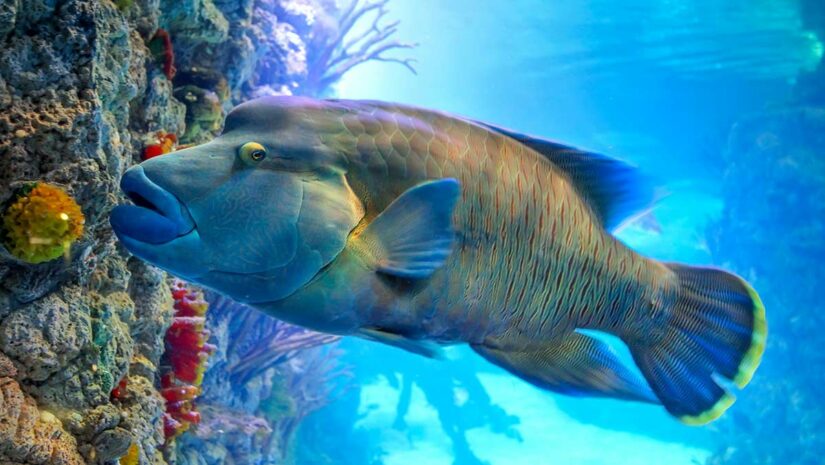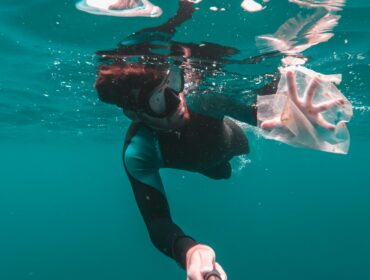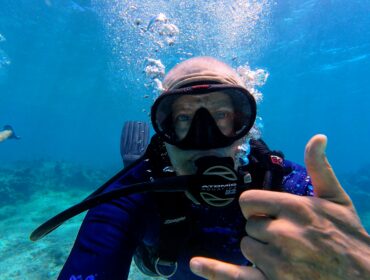A healthy coral reef ecosystem is usually buzzing with activity, vibrant colors and is host to several different species of fish and invertebrates of all sizes that make the reef their home. Marine conservationists spend a great deal time and use several different techniques to constantly assess the reef conditions.
As a diver interested in the quality of the reef and its inhabitants, you don’t need to carry out an in-depth study to gauge the general health of a coral reef. By simply observing certain key indicators, the presence or absence of certain reef inhabitants at different levels in the food chain, one can guess how healthy a reef is.
Signs of a Healthy Coral Reef
Abundance of Herbivorous Fish: Parrotfish, Surgeonfish and Tangs
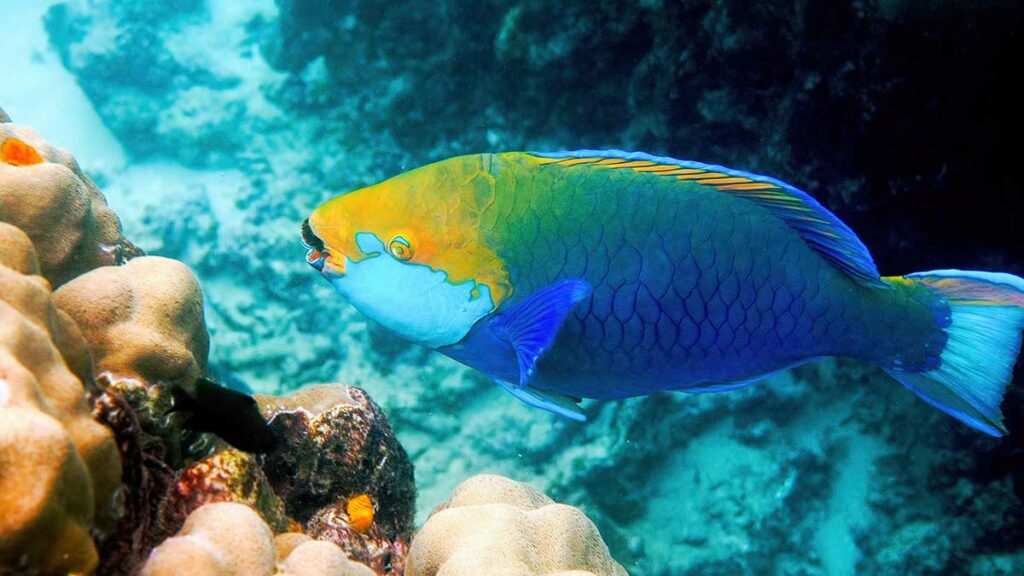
The first good sign of a healthy coral reef is the abundance of Herbivorous Fish primarily Parrotfish and Surgeonfish. Herbivorous fish keep algae populations in check which often compete with the corals for sunlight, nutrients and space. While there are several species of algae eating herbivorous fish, the reason these two species are the ones to look out for is that Parrotfish usually eat the harder, calciferous algae which most species do not prefer. Surgeonfish and Tangs tend to graze on the softer algae allowing existing corals thrive. So spotting plenty of parrotfish and Surgeonfish on a dive would be a good indicator that the reef is doing well.
Sea Urchins
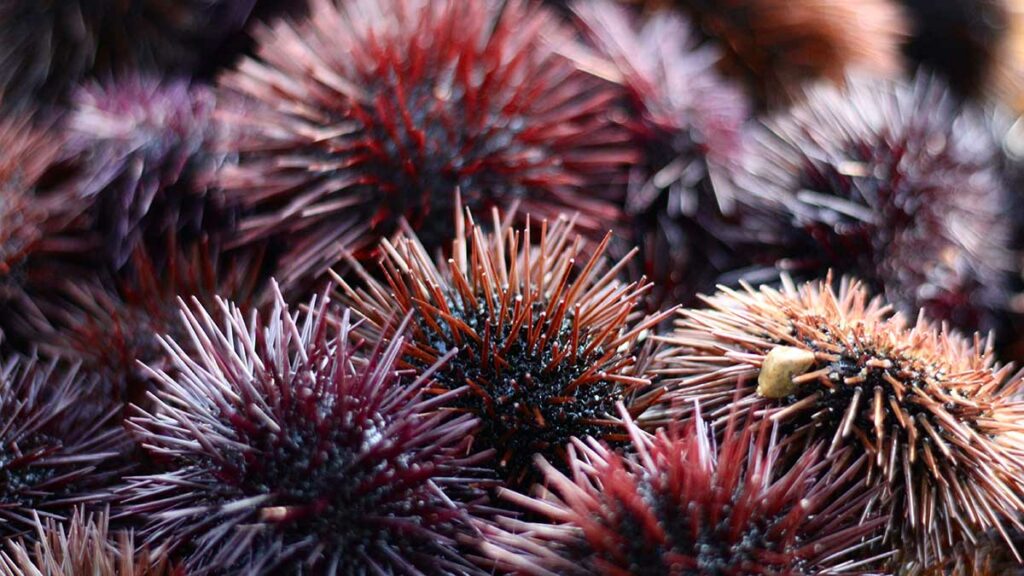
Sea Urchins are a strange indicator of a healthy reef system as they can be both beneficial and harmful to a coral reef depending on their numbers on a reef. Urchins are often known as the lawnmowers of the sea as they feed on a wide variety of marine algae and sea grasses, which helps slow-growing corals to compete for limited reef space. Areas of coral reef that have seen the absence of sea urchins, have gradually gone into decline with uncontrolled algae growth. However the abundance of Sea Urchins can also cause the complete elimination of algae and sea weed robbing the nourishment that mollusks and herbivorous fish rely on also causing the destruction of the reef. Spotting a reasonable amount of sea urchins would signify a fit reef.
The Presence of Large Fish & Apex Predators
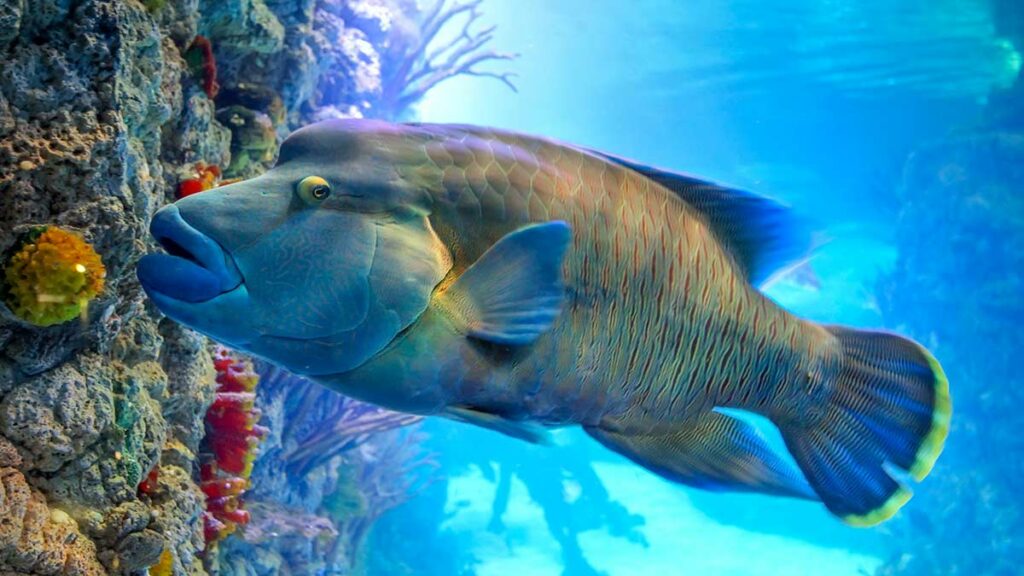
The largest fish on a coral reef in decline are usually the first to go. The presence of Barracuda, Jacks, Grouper, Snapper and large Potato Cod, Napoleon Wrasse which are the predators in the food chain, indicate that there is a healthy balance of fish in the reef. Even the Herbivorous fish should have a good number of large sized adults and not just juveniles which indicate poor reef conditions. Octopi are primary predators on clams and shellfish and their presence in the reef also signifies a healthy shellfish population. If the reef has numerous smaller fish, and no larger pelagic, or adult carnivores, it is a sure sign that the reef is either in decline or recovering from a decline.
Sharks
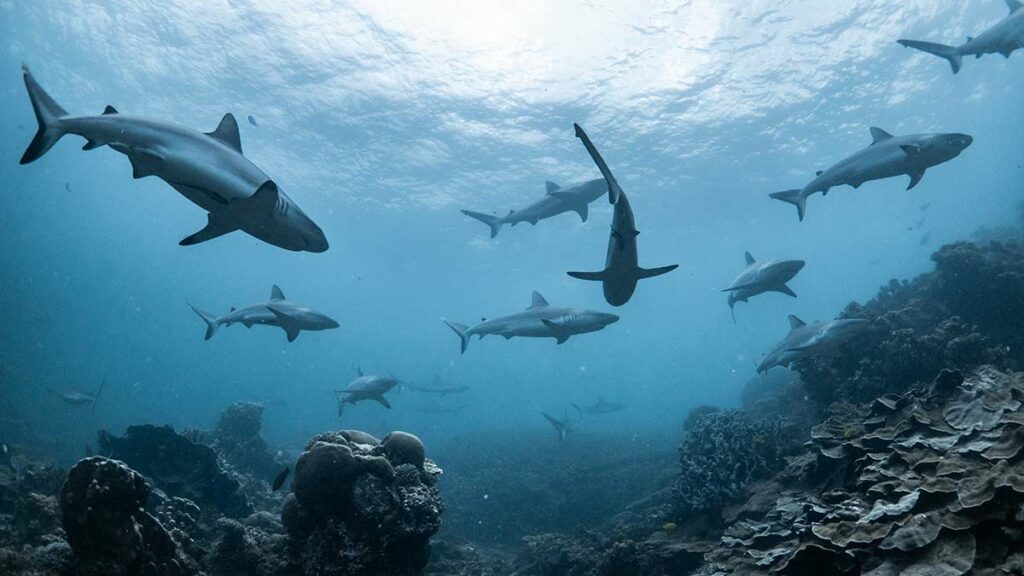
Sighting sharks in a reef is a prime indicator that the ecosystem is thriving. Reef Sharks, Black-tip white tip or grey sharks, keep the larger fish populations in check and form the Apex predators of the reef ecosystem. The absence of large-bodied predators at the apex of marine food chains can result in large-scale changes in the abundances of other species and cause an imbalance in the reef. So sighting a shark is a good sign that things are well on the reef.
Abundance of Giant Clams, Conches, and Molluscs

What makes Giant Clams a good indicator of a healthy reef is the fact that these endangered creatures are highly sensitive to changes in the water acidity and temperature and perish were conditions are less than perfect. Giant Clams are of vital importance to the reef as they act as nurseries for a host of fish and invertebrates as well as shrimp. Clam shells provide the perfect substrates for attachment for several species of sponges, coral and algae which promote the development of the reef. Clams, conches and molluscs are also filter feeders – sifting plankton debris from the water for food, improving overall water quality in the reef. Smaller grazer molluscs like Abalone and snails also help keep algae growth in check.
The Absence of Coral Bleaching & Diseases
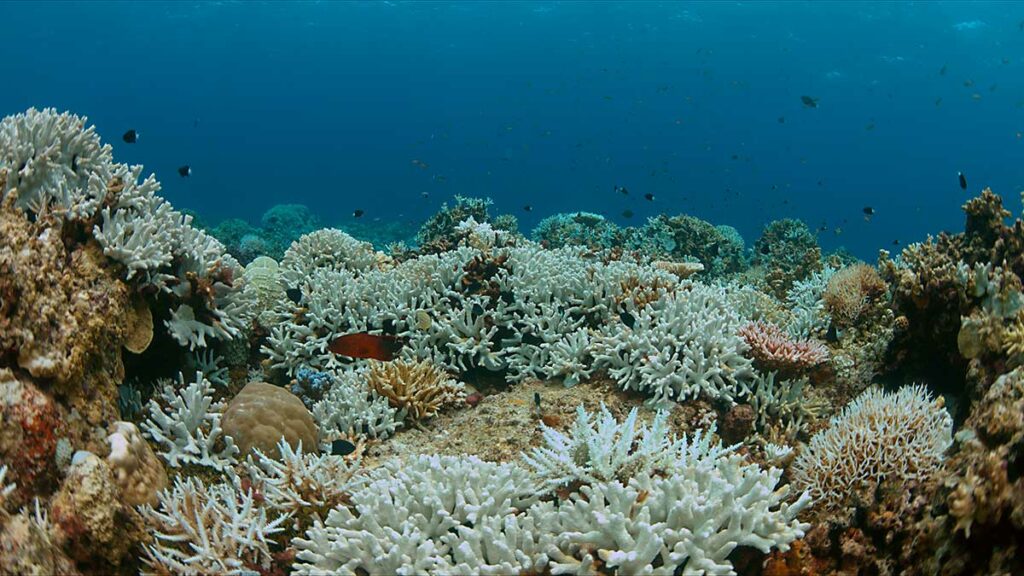
The absence of bleached white coral and signs of coral diseases such as white spot and black bands on coral faces indicate a healthy reef. Coral is highly sensitive to climatic and ocean changes, and when stressed due to changes in water temperature or acidity results in bleaching. Usually a good balance between various varieties of coral, both a combination of soft and hard coral signifies a thriving reef.
Conclusion
So the next time you go diving or snorkeling on a reef, keep an eye out for the presence of these key reef health indicators: parrotfish & surgeonfish, Long spine urchins, clams, snapper, barracuda and reef sharks. A combination of these will tell you right away that you can expect to return to this reef to dive again next year.

